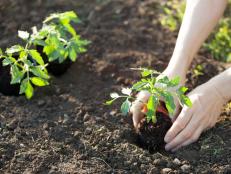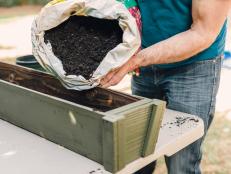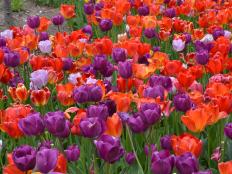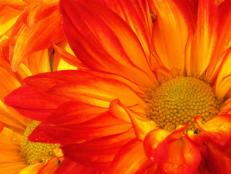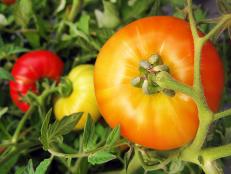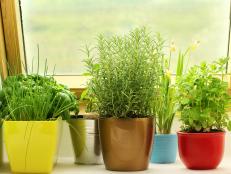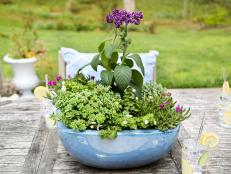When Is it Time to Plant?
Eager to plant, but aren't sure when to start? The answer lies in your soil.


Shutterstock/Alexander Raths
When winter finally eases its grip on the earth, it’s tempting to run out and work in the garden. A few days of warm sunshine, combined with hearing the birds sing and watching a few green plants shoot up here and there—even if they’re weeds—and we’re ready to grab a shovel and start digging.
But you have to be careful. Working the soil too early, while it’s still soggy from winter rains, can leave big clumps of dirt that are almost impossible to break apart later. Planting too soon can also waste money, because many seeds and plants will perish if the ground is too cold. You might want to brag about growing the first tomato on your block—but you really won’t gain anything by starting too soon.
Instead of rushing the season, use these tips to find the best time to plant your garden. You might have to wait a little longer than you’d hoped, but your soil will be easier to work when it’s relatively dry, and your seeds and seedlings will have a better chance of not only surviving, but thriving, when the temperatures are reliably warm.
- Avoid digging or even walking around in your garden while the ground is wet. Walking compacts the soil, making it harder for roots to penetrate. If you really have to get into the garden, put some boards over the soil to walk on, or make a path of stepping stones to the areas you need to access.
- To test whether your garden is dry enough to work, use a trowel or spade to dig up a small amount of soil and squeeze it in your hand. If it breaks apart, the soil is ready. Alternately, drop the ball of soil onto the ground from about waist-high. If it shatters, or you can poke it and it crumbles easily, it’s safe to work. If the soil stays in a clump, or drips water when you squeeze it, wait a few days and check again.
- Consult a zone hardiness map to determine when it’s safe to plant. Zone maps give you the average date of the last spring frost in your area. (Gardening friends and neighbors are also a good local source for this kind of information.) You can plant cool season annuals, such as pansies or nasturtiums, as soon as you can work your soil; they can withstand some frost. But wait until all chance of a late frost has passed before planting warm season annuals like marigolds or zinnias.
- You can also plant cool-season edibles, such as lettuce, Swiss chard, carrots, beets, cauliflower and endive, as soon as your soil can be worked. They can also survive brief, light frosts. In general, wait until the temperatures range from 60 to 70 degrees Fahrenheit to plant tender vegetables like corn, tomatoes, peppers, eggplants, okra, summer squash and beans.
- Use a soil thermometer to make sure the soil is warm enough to plant. If you’re sowing large seeds or planting warm-season crops, insert the thermometer about 4 inches deep in the soil for an accurate reading. For small seeds or cool-season crops, go about 2 inches deep. But don’t rely on reading the thermometer on only one day. Take a reading in the morning and again in the afternoon for a few days in a row, and average the readings. For best results, follow the directions that come with your thermometer.






